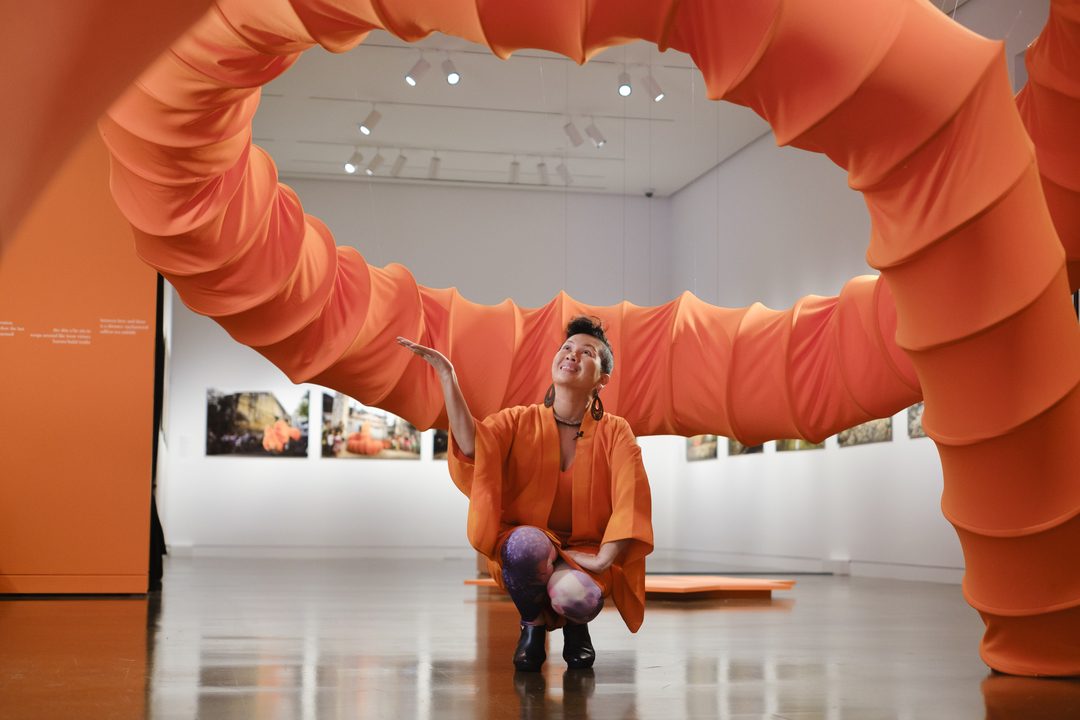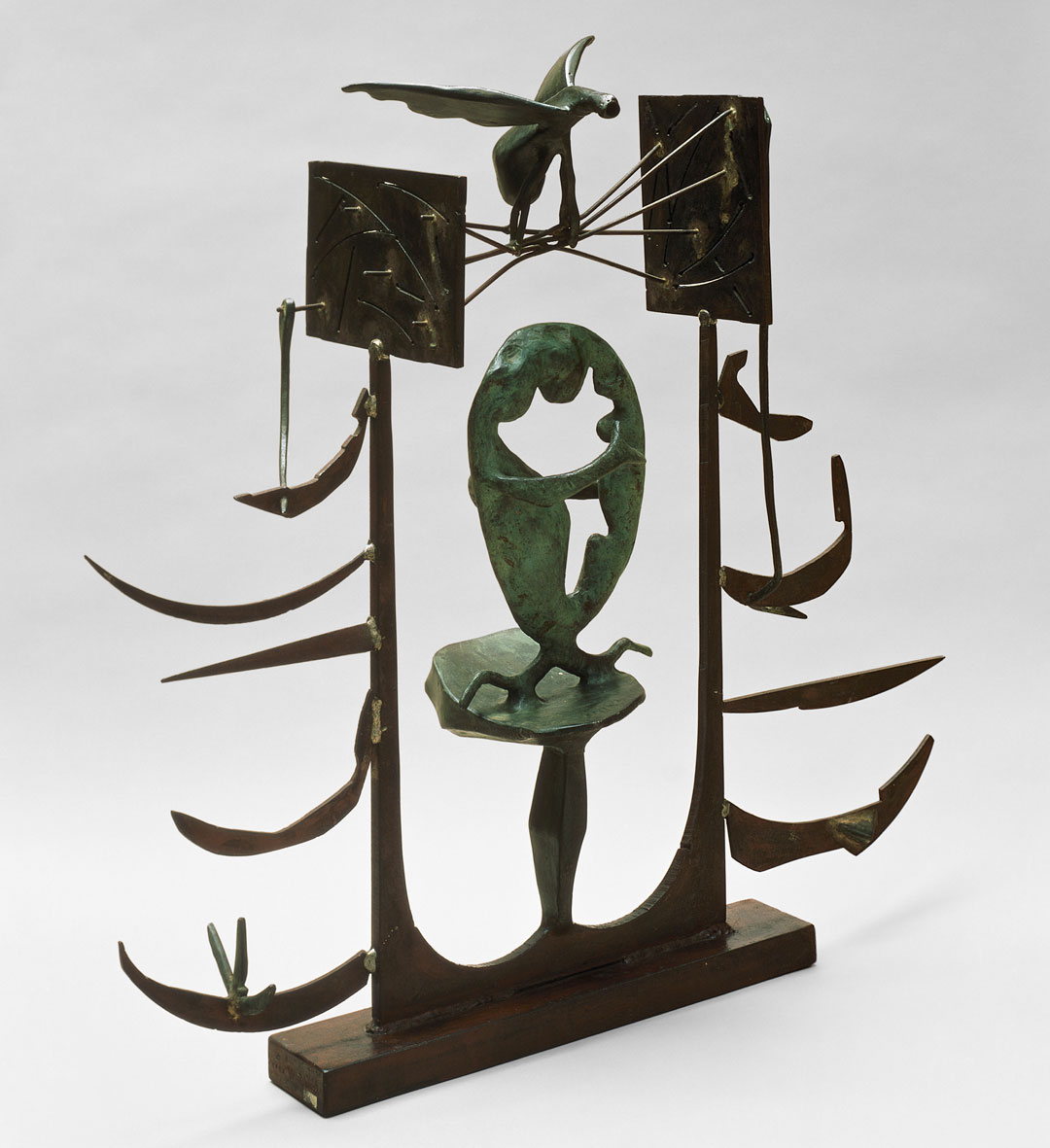Muse/News: Thrilling Ali, Wake Floats, and Craft is Art
SAM News
Amelia Ketzel pens a “love letter” to Anida Yoeu Ali’s performance-based works for Variable West—part of a recurring series for the platform for West Coast art. See Hybrid Skin, Mythical Presence now at the Seattle Asian Art Museum!
“Ali’s presence is thrilling and completely engrossing: what will these colorful entities do next? Where will they go? Where can they go?”
Check this out: Last week, The Seattle Seahawks and Delta Airlines visited the Seattle Art Museum to surprise Yaoyao Liu, SAM Manager of School & Educator Programs, naming her a “Delta Community Captain” for making a difference with her work to support arts education.
Local News
The Seattle Times returns to its This City Block series, this time visiting Ballard. Rachel Gallaher features “3 must-visit Ballard museums and art galleries.”
Sarah Stackhouse for Seattle Magazine reports back from Visit Seattle’s annual meeting that the city of Seattle is “again the place to be,” with an increase in visitors nearing pre-pandemic levels.
In her latest ArtSEA post, Crosscut’s Brangien Davis remembers the late Richard Serra with a visit to Wake at the Olympic Sculpture Park.
“Narrowed at the base of what might be the prow and stern, the five rusted steel forms seem to move as a flotilla, impossibly balanced as a giant ship on water — how does it stay afloat?”
Inter/National News
Via Artnet: “The Door From ‘Titanic,’ Too Small to Fit Two People, Sells Big at Auction.” (“Too small”??)
Faye Hirsch for Art in America on the retrospective of Käthe Kollwitz now on view at the Museum of Modern Art.
Joyce J. Scott: Walk a Mile in My Dreams opened last week at the Baltimore Museum of Art (BMA). Baltimore Magazine interviewed Scott to preview the retrospective, which was co-organized by the BMA and the Seattle Art Museum and opens here this fall.
“I’m an artist-craftsperson. I don’t separate them. I’m always doing both. It’s the same impulse, the same creative feeling or setting that makes me make a cup and makes me make a piece of sculpture. There’s not a hierarchy that I ascribe to.”
And Finally
In case you missed our big announcement.
– Rachel Eggers, SAM Associate Director of Public Relations
Photo: Alborz Kamalizad.

